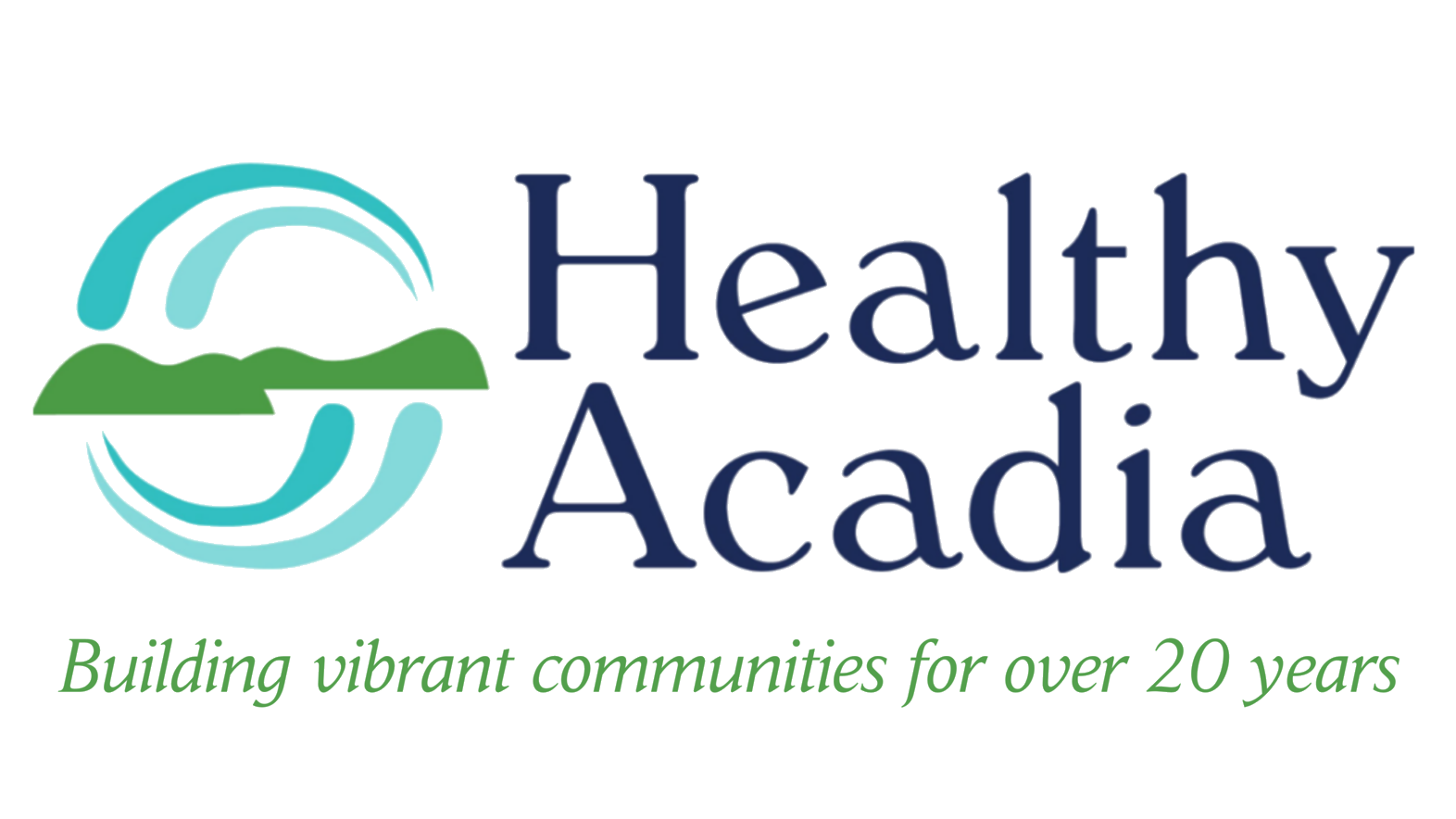Understanding Avian Flu (H5N1): What You Need to Know
What is Avian Flu (H5N1)?
Avian flu, also known as bird flu or H5N1, is a type of Influenza A virus that primarily affects large wild waterfowl populations but has the potential to infect and transmit among various species, including humans, domestic poultry, swine, horses, dogs, and bats.
Circulating Influenza A Virus Subtypes
Among humans, the current circulating subtypes of Influenza A viruses are A(H3N2) and A(H1N1). In animals, different strains circulate, such as:
A(H1N1), A(H1N2), and A(H3N2) in pigs
A(H3N8) in horses
A(H3N2) in dogs
A(H5N1) in wild water birds, domestic poultry, and dairy cattle
Transmission and Infection
Influenza A viruses from wild aquatic birds can sometimes infect other species. For instance, human influenza A viruses introduced into pig populations have caused significant disease outbreaks. Sporadic infections from avian influenza A viruses have been reported in mammals, including dairy cattle in the United States.
How is Avian Flu Transmitted?
Avian flu viruses can be transmitted to other animals and humans in two primary ways:
Direct contact with infected birds or environments contaminated with the virus.
Through an intermediate host, such as another animal.
Infections in Birds and Humans
In birds, avian flu viruses infect the respiratory and gastrointestinal tract, shedding the virus through feces. Humans can become infected through close, prolonged, and unprotected contact with infected birds or animals. Infection can occur if the virus enters the eyes, nose, mouth, or is inhaled from droplets or dust.
Genetic Reassortment and Antigenic Shift
Influenza A viruses have eight separate gene segments, allowing for genetic reassortment. This can lead to the creation of a new virus if a human or animal is co-infected with different influenza A viruses simultaneously. Such a new virus, termed an antigenic shift, could potentially cause a pandemic if it spreads easily among humans who lack immunity to it.
Protective Actions to Prevent Avian Flu
To protect yourself and animals from H5N1 avian flu:
Avoid Contact with Wild Birds: Observe wild birds from a distance and avoid direct contact.
Handling Dead Birds: Do not touch wild or domestic birds that appear ill or have died; report them to authorities.
Protection Around Infected Animals: Avoid unprotected exposure to infected animals or contaminated surfaces.
Dairy Cattle Precautions: Avoid direct contact with potentially infected cows and contaminated materials.
Safe Consumption of Dairy Products: Choose pasteurized milk to ensure safety.
Food Preparation: Properly handle and cook poultry to prevent infection.
Travel Advisory: There are no current CDC travel restrictions related to bird flu.
Health Precautions After Exposure: Learn what steps to take if you become sick after contact with infected birds or animals.
Seasonal Flu Vaccination: While it won't prevent bird flu, it can reduce the risk of co-infection with human influenza.
For more detailed information on Avian Flu (H5N1), please refer to the CDC's Current Situation Summary on Avian Influenza.
If you have any questions about prevention, symptoms, transmission, or treatment, please contact your healthcare provider.
